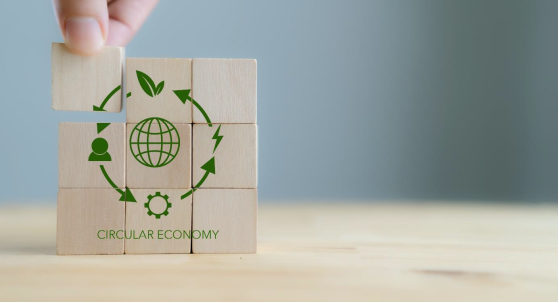Material and Energy Valorization of Waste as Part of a Circular Model
This article is part of the IEA Bioenergy Annual Report 2022. It was developed by the members of IEA Bioenergy Task 36, a working group that seeks to understand what role energy from waste and material recycling can have in a circular economy and identify technical and non-technical barriers and opportunities needed to achieve this vision.
The World Bank has estimated that around 3.5 billion tons of waste will be generated worldwide by 2050. The waste management sector is critical to the success of the Circular Economy movement. Incineration (also referred to as Waste-to-Energy / WtE) technologies at industrial scale have been used as a way of handling waste for few decades. However, with the emergence of implementing circular models in our societies, and the lack of public support for combustion-based WtE in some countries, new technologies also come into play and could provide energy and material recovery solutions closer to the principles associated with circular economy. As Circular Economy principles become embedded in the policies of governments and the strategies of organizations around the world, there are greater expectations on waste management systems to contribute to ‘keeping molecules in use for longer’.
Circular economy principles and emerging technology pathways will see waste management and resource recovery transcend the traditional areas of waste, heat, and power, and intersect more with the manufacturing, construction, and transport sectors. Energy recovery is still important, especially when the waste streams have a significant component that is considered renewable, and the energy can be used to abate greenhouse gas emissions as well as keep molecules in use for longer. The concept of energy can also be broadened, as we see waste conversion pathways emerge that can produce energy carriers such as transport fuels or hydrogen.

Way forward
The circular evolution has just started. Although it will take time overall, some parts will change rapidly while others will take longer. Material and energy circularity will grow in the coming years and new business models, products and consumption habits will be implemented. Waste will be turned into high value products; waste management will become resource management; energy will come from more sustainable sources; new technologies, materials and products will arise in the market. The waste management system will have to adapt and innovate to bring forth new solutions that can fit into the circular system and face a transformation into resource management. New waste-to-energy technology solutions will be created, and the “old ones” will either adjust to the new times or make way to the new ones coming. Will all of this happen automatically? No, definitely not. The need for this change is large all around the globe, but the resources to make it happen are not evenly distributed, and the maturity differs as well. Changes to the legal and policy framework are also needed in the more mature systems. Security of supply is another aspect that might be considered when looking at recycling and recycling capacity. The Covid-pandemic and the war in Ukraine have highlighted some of the weaknesses of complex global supply chains. Consideration also needs to be given to the consumption of the products that generate waste. This would affect both consumer behaviour and business models for the producers.
A lot still needs to be done.


